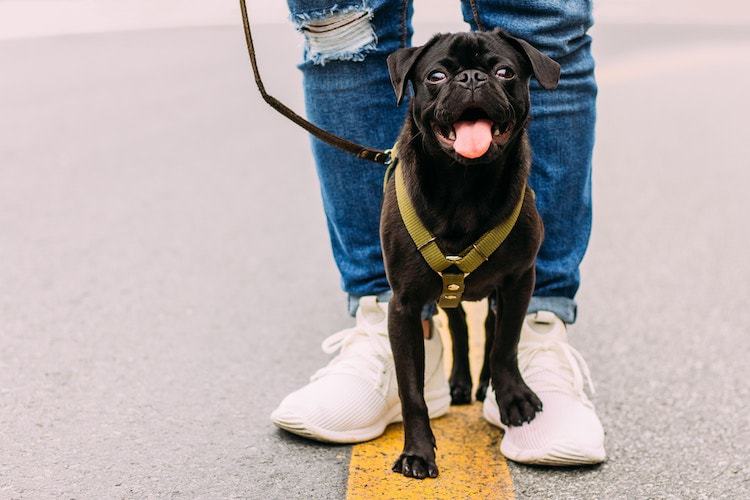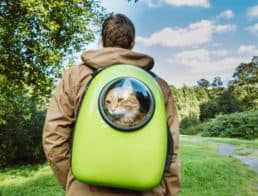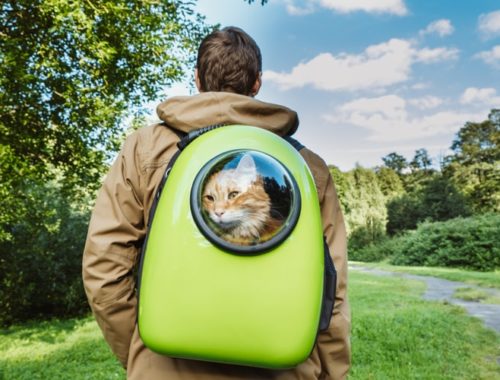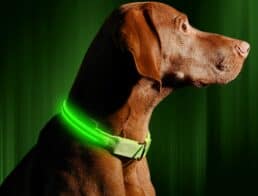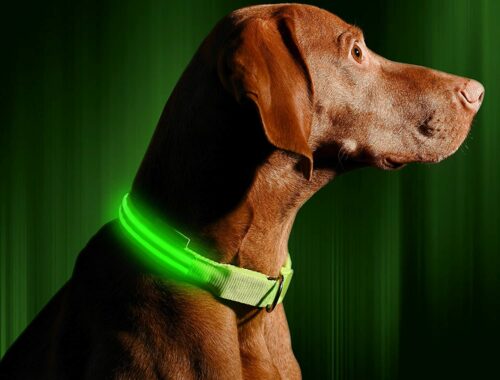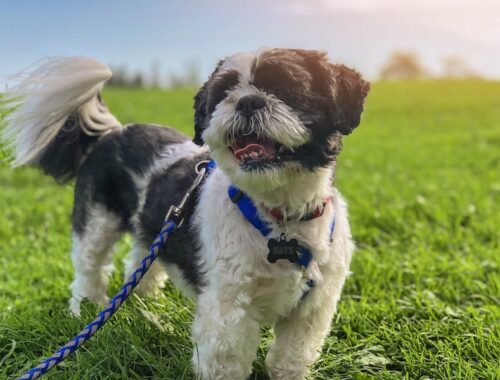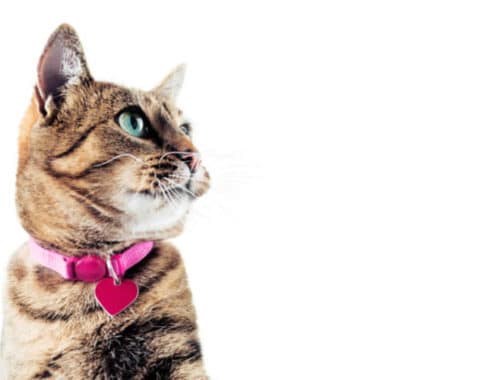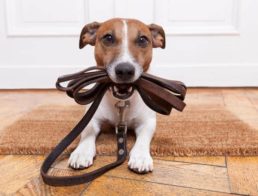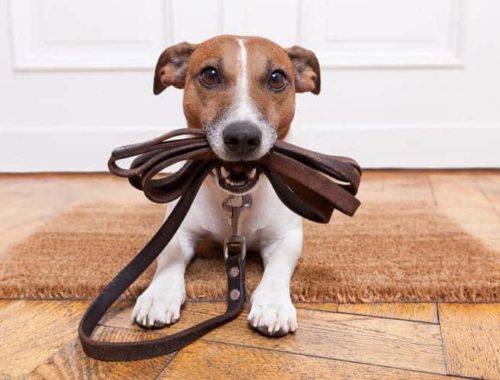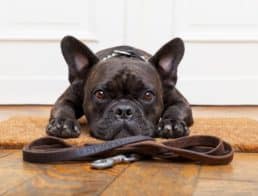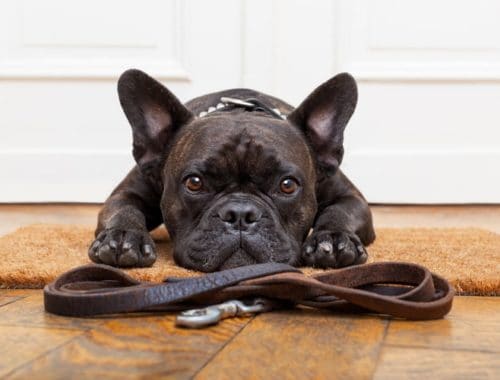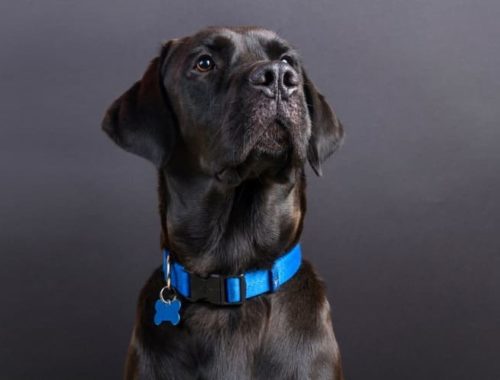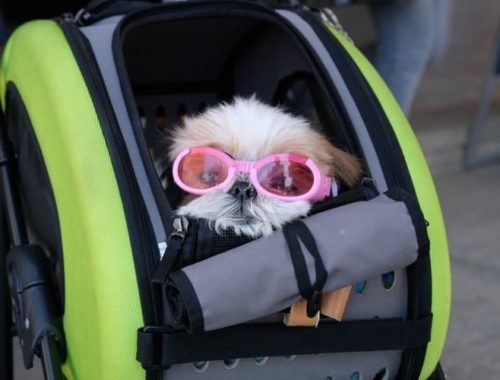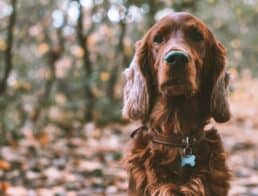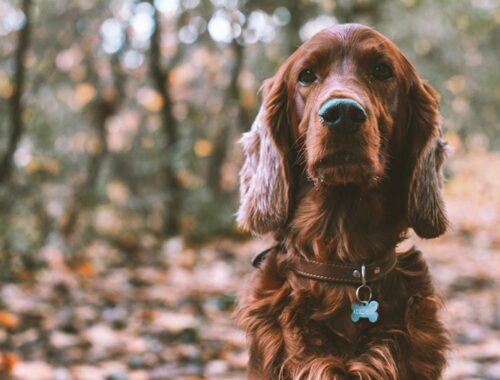Many dog walkers have told me, one of their biggest challenges is entering a new house without ever meeting the dog. It is expected that some owners may not have a chance to schedule a “Meet & Greet.” It’s natural to be cautious from this new encounter. The owners may have left a few notes to give you some background, but there are still some unknown factors about a dog’s personality and what kind of behavior to expect. It really comes down a fundamental question – Where does a dog’s behavior come from? Said differently, is it nature or nurture that influence a dog’s behavior? Is it the animal’s genetics or have they learned this through experience? Interestingly enough, the answer is both. It’s difficult to separate the two. On one hand, the nature influence is something that’s hard wired, an instinct in an animal’s behavior. Nurture is a direct consequence of their upbringing or past. So as a dog walker there will be a lot of unknowns and knowns.
A dog’s behavior is a complex interplay of various different things. The unknowns will be the nurture and will likely have some guesses as to where a certain behavior was learned. For example, excessive barking at other dogs may be a result of poor socialization. Regardless, nurture will be something you’ll get to know through your dog walks. Nature, on the other hand, is your known and you can come somewhat prepared to expect certain behaviors from a dog through their breed. The best way to truly understand a breed is to understand the driving force behind the creation of the breed. Dogs were bred for a specific task that humans wanted. The American Kennel Club has 7 groups for breeds.
One example of these groups is, the Hound Group, which was bred for hunting! What do you need to be good to hunt? Sight and scent!
- A sighthound is generally known sprint extremely fast but will have low endurance. Examples of sighthounds include whippets and greyhounds. Although they’re fast, they don’t require as much exercise, as you’d think. A steady brisk walk around the neighborhood will keep these dogs happy. As always make sure to carefully secure the leash on the doggy especially a breed like the whippet. Some collars are easier for them to slip out of because of their slender necks. Always do a double check before you begin your walk.
- A scenthound will have extreme sustainable energy when on the scent trail. Some examples include Beagles, Rhodesians, and Bassets. I have a Rhodesian at home and she has endless energy and if she smells something that interests her, she is not afraid to pull ahead and charge. If you’re walking a scenthound, be alert of your surroundings. A scenthound in New York will sniff out a Pizza slice on the ground very fast. Try and have some owner approved treats to help get their attention. A good smelling treat can help get their attention from whatever scent they’re trailing.
Another example of a group is the Working Group. This is one of my favorites. Some working dogs serve as therapy dogs. They may also be trained for search and rescue to find people lost in the wilderness or buried during avalanches. These dogs will follow a scent even if some of the harshest conditions and have an extremely strong stamina to keep them going. Breeds in the Working Group include: Bullmastiff, Boxer, Akita, Rottweiler, Saint Bernard or a Standard Schnauzer. These are large and powerful dogs. Make sure you’re comfortable and in full control of the dog at all times with two hands on the leash when you’re walking.
Now, remember breed is not everything so a dog in the Hound Group or Working Group can be influenced by the “human group.” Don’t be surprised if you see out of character traits. Our breed is to be blamed!
If you enjoyed reading this post, please tune into my bi-weekly podcast on iTunes or Google Play. Every episode ranges from 5 to 10 minutes and focuses on specific topics related to understanding dog behavior, such as nature versus nurture, sounds, body language, etc. I’m a dog trainer who is passionate about providing education to dog care professionals and owners. There’s an opportunity to comment, ask questions as well as request specific topics for the episode. Check it out for yourself by following the link.
This post was written by Mila Sofia, host of the Barkly Pets podcast.


